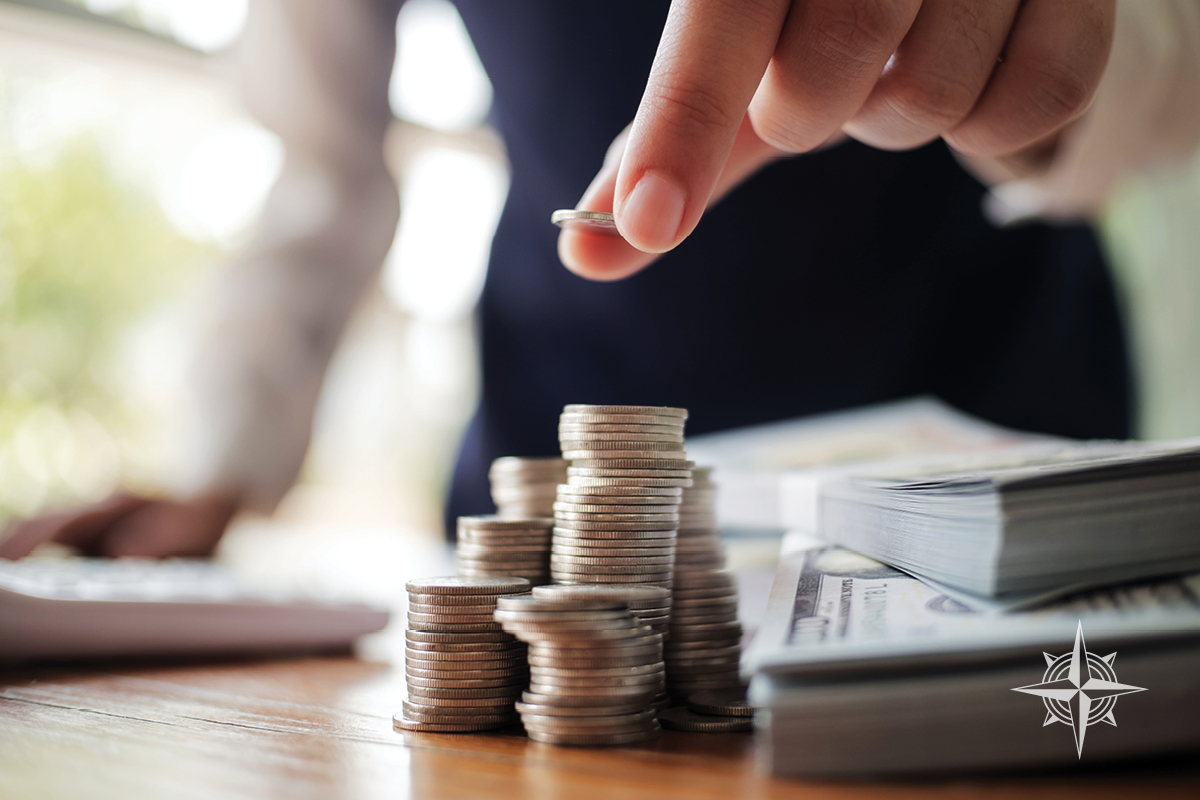
5 Post-Bankruptcy Credit Improvement Tips
You’ve filed for bankruptcy, and now your credit is likely lower than it’s ever been. But it doesn’t need to stay that way. The moment you declare bankruptcy, there are actions you can take to start working on your credit improvement.
- Do a Careful Credit Report Check
Look over your credit report. Then look over it again. Carefully check that every account is being properly reported.
Debts that were wiped out in the bankruptcy should indicate a “BK” status. Debts that aren’t reported properly can continue to damage your credit score and impede your credit improvement, so make sure that any cleared debts are reported correctly.
- Pay Your Mortgage On Time
If you managed to keep your house in the bankruptcy process, make sure you do everything you can to pay your mortgage on time.
Your mortgage has a bigger impact on your credit than anything else. Keeping it current will really help your credit score. If you become delinquent on your mortgage, the rest of the credit improvement techniques in this article won’t help you all that much.
- Get a Secured Credit Card
Get a secured credit card to start building up your post-bankruptcy creditworthiness.
A secured credit card entails you putting down a small deposit, usually between $300 and $1,000, to open a cash-backed account.
Your money is held as collateral and you can use your card as a credit card. Make sure to pay it off on time every month to rebuild your credit.
Also, make sure that your card is being reported to all three credit reporting agencies. Here is a breakdown of secured cards from NerdWallet.
- Cut Your Spending
Having to file bankruptcy means that at some point in your life, you spent more money than you really had. In order to prevent that from happening again, you need to make sure that you’re regularly making more money than you’re spending.
Any additional cash you earn can be used to improve your financial situation. It can be used on credit improvement, paying off debts that weren’t wiped out during bankruptcy, or building savings.
Start by cutting back on auxiliary spending. Move into a smaller house or apartment if you can. Try to save 10% to 20% of your income every month.
- Make a Small Installment Purchase
An installment purchase includes car loans, home mortgages, or even furniture purchases that are paid off in installment form. It is treated with more weight on your credit report than revolving credit (e.g. credit cards).
Make sure that any installment purchase you make is reported to all three credit reporting agencies. Getting an installment loan and paying it regularly can do a lot for rebuilding your credit.
If you apply these techniques, you can make great strides in your credit improvement. You should be about to open new, unsecured accounts within 2 to 3 years.
Also read:

